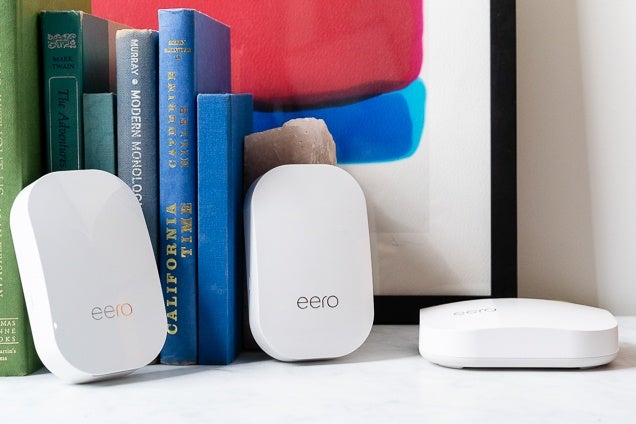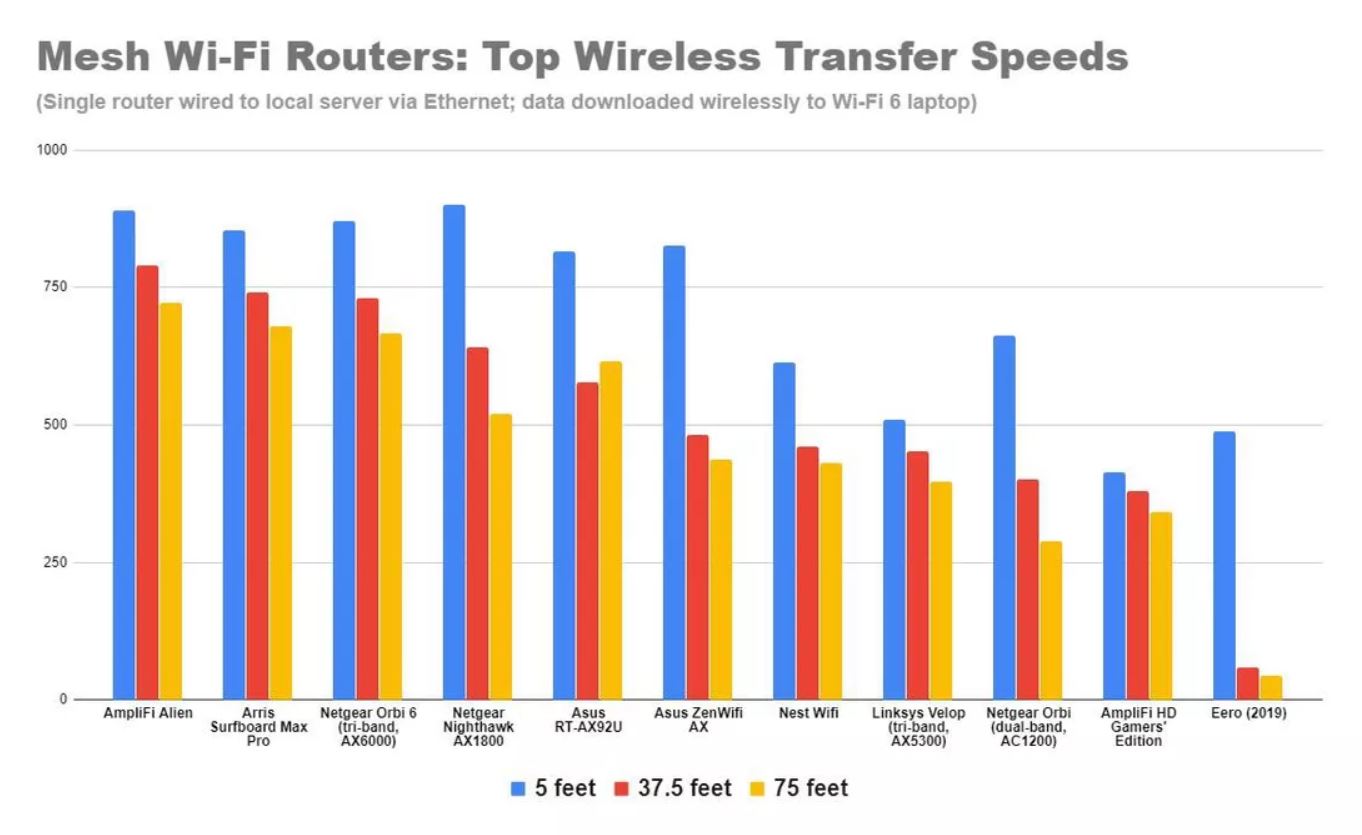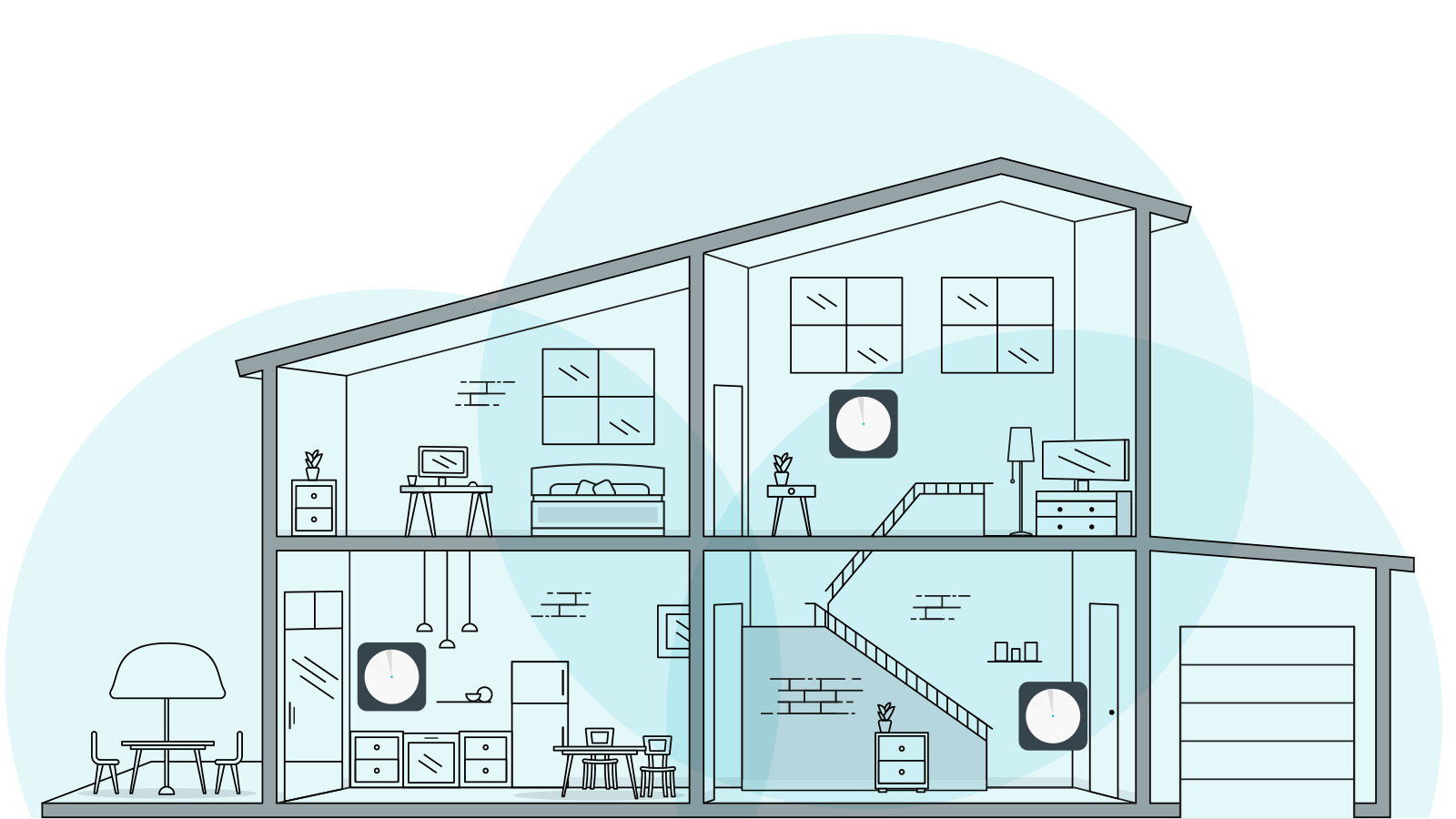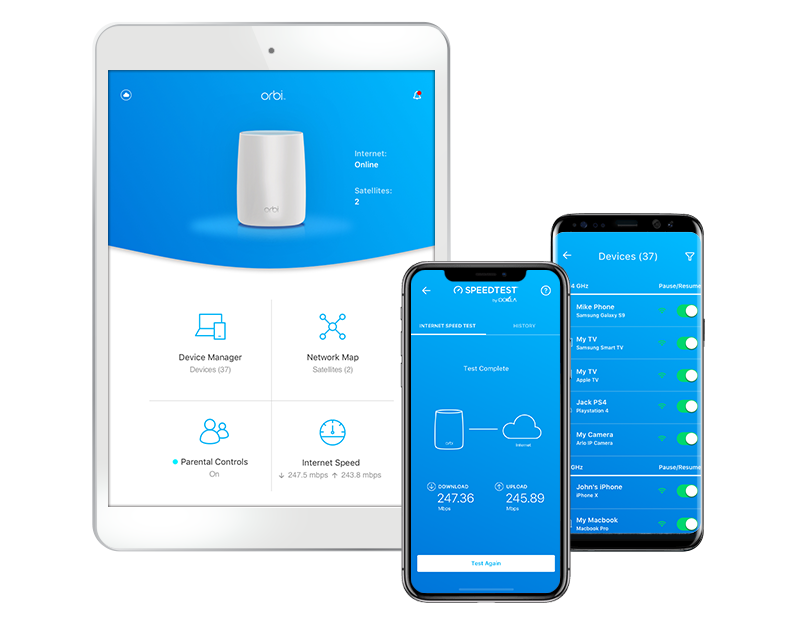We have established that this is a newer technology being used these days and if you are looking to upgrade your home, school, or workplace WiFi system to a Mesh network laced with nodes, you’re going to need to know more about what exactly to look for in your devices to set up the most cost-effective, efficient, and seamless system. For this, let’s first take a look at four basic criteria.
Design
Since your Mesh WiFi network relies on having multiple nodes scattered across your home, school, workplace or wherever you are choosing to install this setup, it is important to consider how these nodes appear. With a traditional router setup, you can simply install one router and conceal it somewhere out of sight. However, as your Mesh network relies upon numerous nodes being spread across the spanning area, you will need to consider its design and visual appeal before you start propping it up on tables or decoration shelves. Most Mesh network nodes available on the market have been designed to be very minimalistic, small, and elegant in appearance. They are made in neutral colors and are made quite unnoticeable in size (about the size of a tea cup coaster or slightly more) so that they can go unnoticed on the corner of your bedside tables or wherever else you choose to place them. When you’re on the hunt for one for your space, make sure that it is something you do not feel like you have to conceal everywhere you place it because you will be placing several of these around and concealing them can become a hassle. They’re designed to be displayed in the open so find one you find pretty.
Speed
The whole game when it comes to any WiFi router, device, or gadget is its speed. Afterall, that is the whole purpose of installing better systems: to make your internet’s speed faster and make your internet connectivity seamless. As with a traditional WiFi router, it is recommended to invest in a Mesh WiFi router that is able to cater to high speeds and high bandwidth so that irrespective of what connection signal you are receiving from the back end (from your internet service provider), you are able to accommodate it. You do not want to be in a position where your router only supports speeds upto 20 Mbps and you have upgraded to the 40 Mbps mark with your internet service provider and are now in a rut to find a new router that is able to accommodate it. Always go for a router with more capacity than you actually need because the internet and its technologies are constantly evolving as a fundamental human need and you need to have the capacity to reap some of these improvements and changes that are bound to come your way.
Coverage
The purpose of switching from a traditional router setup to a Mesh WiFi network is to expand its coverage and make it seamless. Traditional WiFi routers rely on extenders and boosters to push forward their range and each of these extenders or boosters acts as an independent access point that is connected to the main traditional WiFi router. In a Mesh network, the nodes act as intrinsic extensions of the primary central access point and are not separate routers in design or effect. Because Mesh nodes serve to extend your signal’s reach, the better coverage a node can provide (the greater the radius it can extend to), the fewer nodes you will need to invest in to span a particular area. It is important to consider the coverage range and analyze the cost of having several lower range Mesh nodes vs fewer greater range Mesh nodes. From the bat, we can tell you that having fewer nodes with greater coverage will not only be cheaper, but it will also be less of a hassle to install and maintain as well. The purpose of a Mesh network is to reduce the number of dead zones across your space. Scouting for better coverage will go a long way in doing that.
Software
Last but not least, in this new and improved WiFi technology, its software application that controls the entire network is going to be a point of high interest. If you are looking for special features such as parental control, firewalling, site blocking, or keeping track of on net activity, purchasing a system that accounts for and caters to these needs will go a long way. Each different type of Mesh network available on the market comes with its own unique software application that ties in all of the nodes and gives you the master control over them through the application itself. Consider these applications before making your purchase.
Final Thoughts
No matter which Mesh Wifi router you are looking to buy, the four basic factors you need to consider are its design, speed, coverage, and software application. Secondly, If you would like the best coverage for your home, we recommend the Eero system. If you are solely interested in getting the fastest Mesh Wifi setup out there, then go for the Netgear Orbi 6. Be wary of the price tag; it will be heavy on your pocket. Conversely, if you are looking for the most economical system then the Netgear Orbi AC1200 will be your best buy. Even if you do not consider these recommended systems, if you pay attention to the four primary factors discussed above, you will manage to find yourself a reasonable setup for your space.
Mesh WiFi Router vs. Your Traditional RouterHow To Set Up Your Mesh WiFi NetworkGoogle’s Next Generation Nest Wifi Routers Will Likely Support the Broader Wi-fi…Xiaomi Announces the Budget Redmi Router AX5 with Wi-Fi 6 and Mesh Networking…



